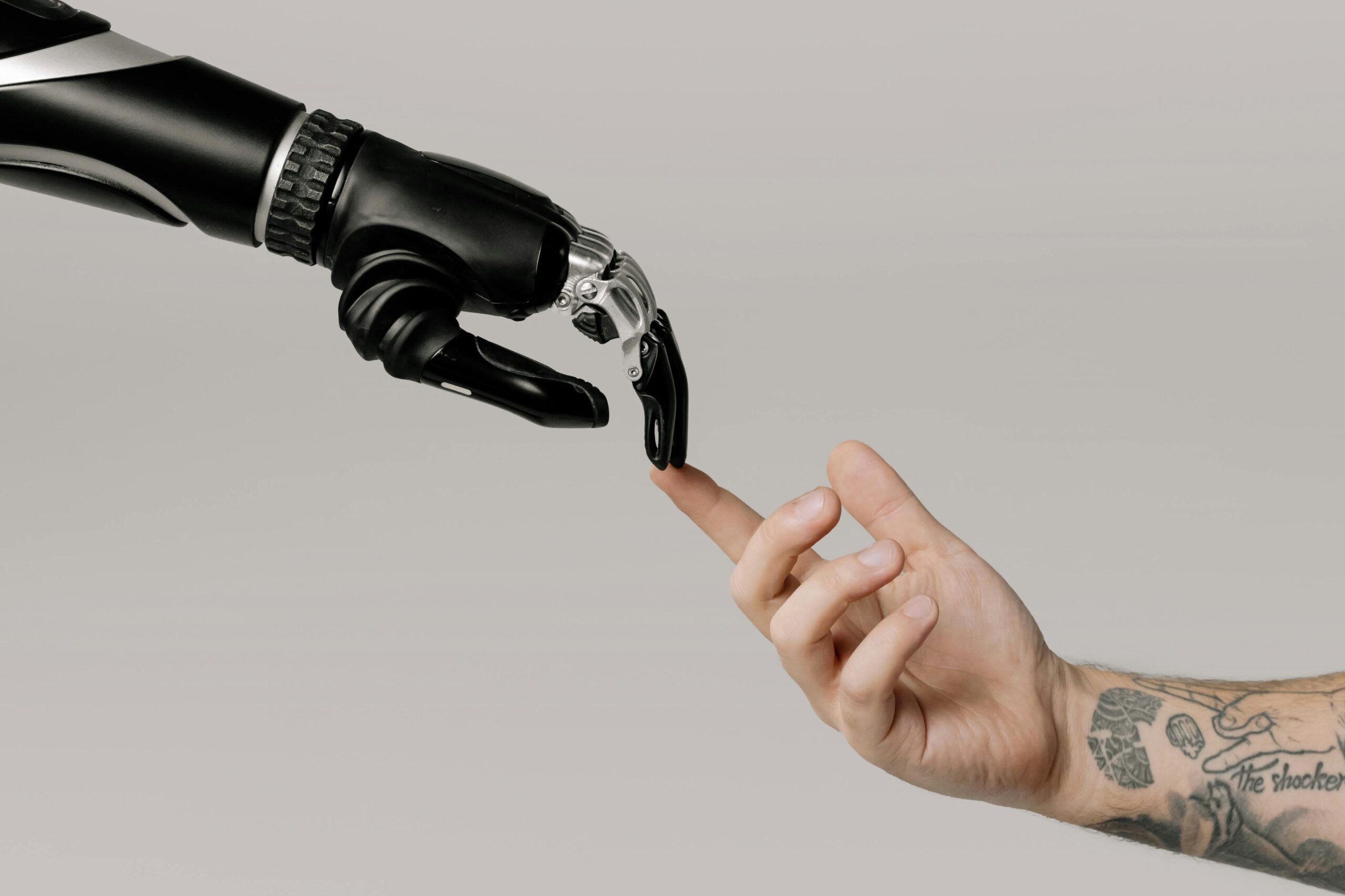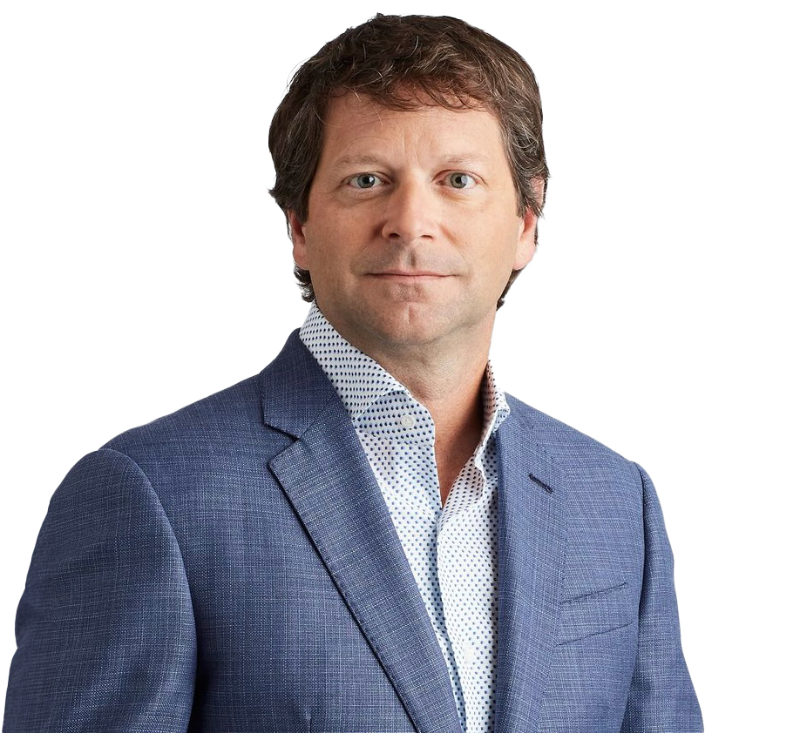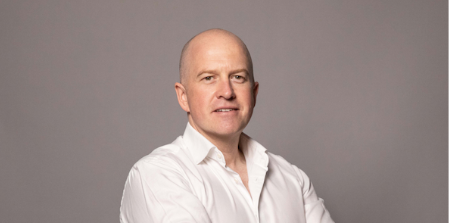In his first month as CEO, Dax Dasilva learned a great deal from customers who saw promise in his company’s technology to help their businesses. However, he found that, by talking to his customers in person, he discovered changes that could be made to make them use his software to its full potential.
It was the moment every CEO lives for—a chance to see things with fresh eyes while making real change. After a two-year break, Dasilva was reappointed to the CEO position at the POS and payments platform he founded, and he was tasked with helping the business achieve long-term growth.
Starting with trust
During his time as CEO, Dasilva worked in environmental conservation, listening and gathering information while collaborating with those who aimed to solve complex global problems.
But how does a new CEO listen?
Dasilva explains that you don’t go into an agenda that predisposes you to tune out tough questions. Instead, you emphasize that you want to hear them, whether it’s about what’s not working from a product, a strategic direction, or low employee engagement.
An example would be when Oscar Munoz took over the struggling United Airlines in 2015. Munoz began his turnaround with a listening tour, during which he spoke to mechanics, baggage handlers, and flight attendants. Dasilva took a similar approach by holding leadership offsite so he could spend time with the executive team and talk to employees. He also made customer visits to Australia and New Zealand, where he met those who were the ideal profiles for Lightspeed.
Dasilva says that the temptation for new CEOs to storm in might be great, but the listening process is priceless. He also adds that telling people you’ll listen isn’t enough—the whole point is to hear from multiple perspectives and work with your team to build a plan that brings solutions together.
Learning to act
Dasilva didn’t return to the role of CEO to become popular. Ultimately, he says a CEO’s job is to be effective, not liked.
Dasilva adds that studies show that when a CEO makes changes early, they can have compounding effects on businesses. What happens in the first 90 or so days ultimately sets the stage for a company’s three to five-year trajectory.
How it comes together
None of this is ever easy to pull off. A new CEO’s early days are full of potential pitfalls—such as their arrival destabilizing team members. A new leader, Dasilva says, should respect the achievements of those who built the company. Humility can go a long way for those who are following in the footsteps from the successes of their predecessors.
But how does one know they have it right?
When people say they feel “aligned” with the business and its practices, the CEO feels aligned as well. While that doesn’t mean there’s complete agreement, everyone can plan on how to push forward. There’s energy in moving in new directions—and as a result, it builds off the input and hard work that has come before.
The fresh eyes moment is important. Taking the time to listen, then act, is also crucial.


































































































































































































































